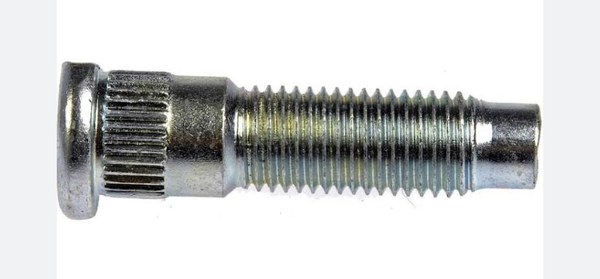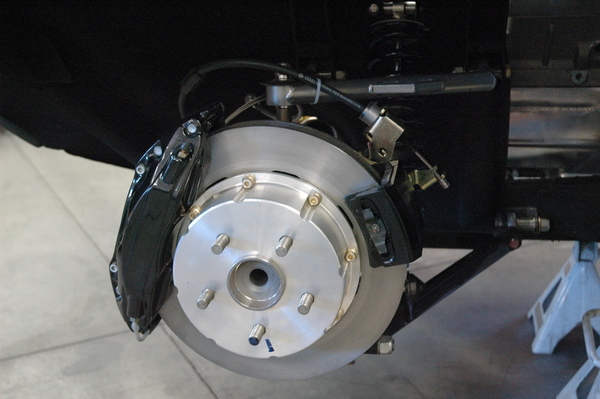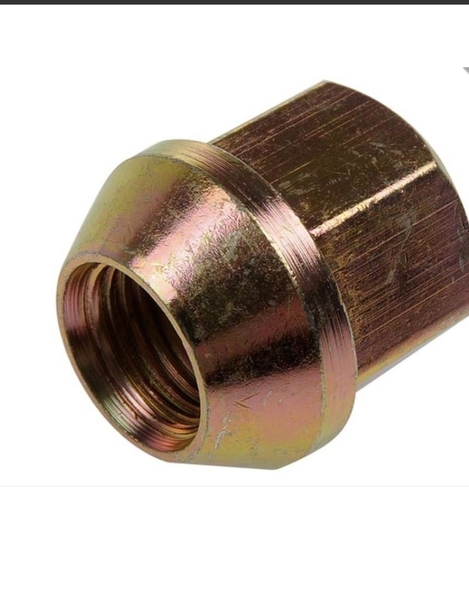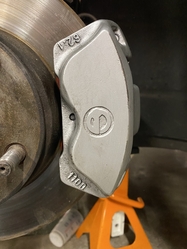panterapatt, only 1/2in is exposed, meaning that is all that comes out of the beginning of the 60 degree cone of the wheel, it does not extend 1/2 in. out at all. Start to finish, only 1/2in can be seen.
Larry, just measured it three times. Exactly 3/8 in. of the thread is engaged.
I wish 1/2 in. or more of the thread was being consumed, but it is not. I completely agree there is no value in having longer studs than what the nut needs. I don't want these to look like truck tires with obnoxiously long lug nuts. I paid way too much money thus far to ruin this by silly looking long lug nuts. I want the shortest stud/lug nut combo that is safe.
I measured the Hall Ultra wheels for comparison. If these had 8 full turns of engagement, then the value of it to me would be in the fact I ran those Ultra wheels with 8 turns of thread engagement for years, so I would feel safe if these would also have 8 turns of thread engagement. But they do not. 4.5 turns and 3/8 in. engagement does not give me any confidence.










